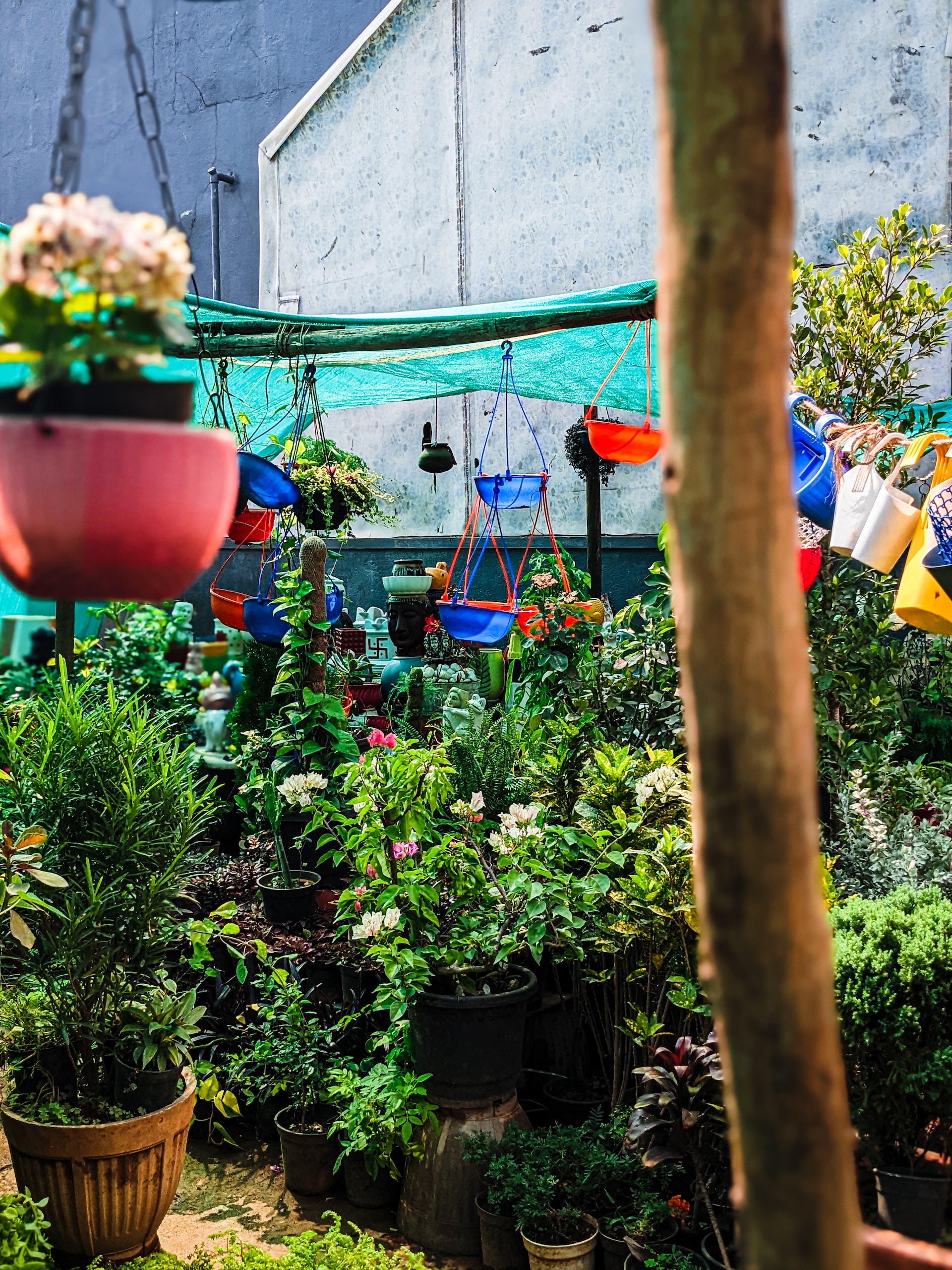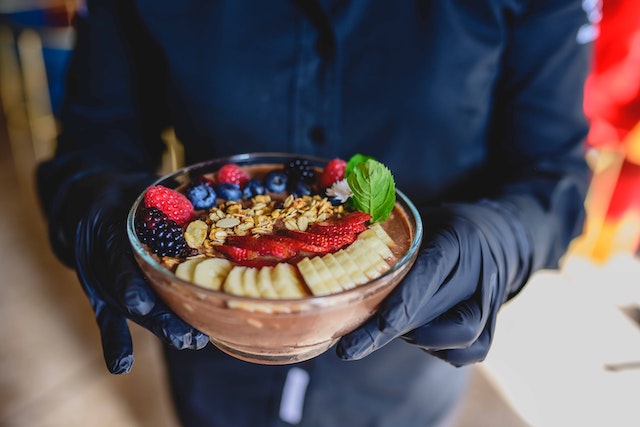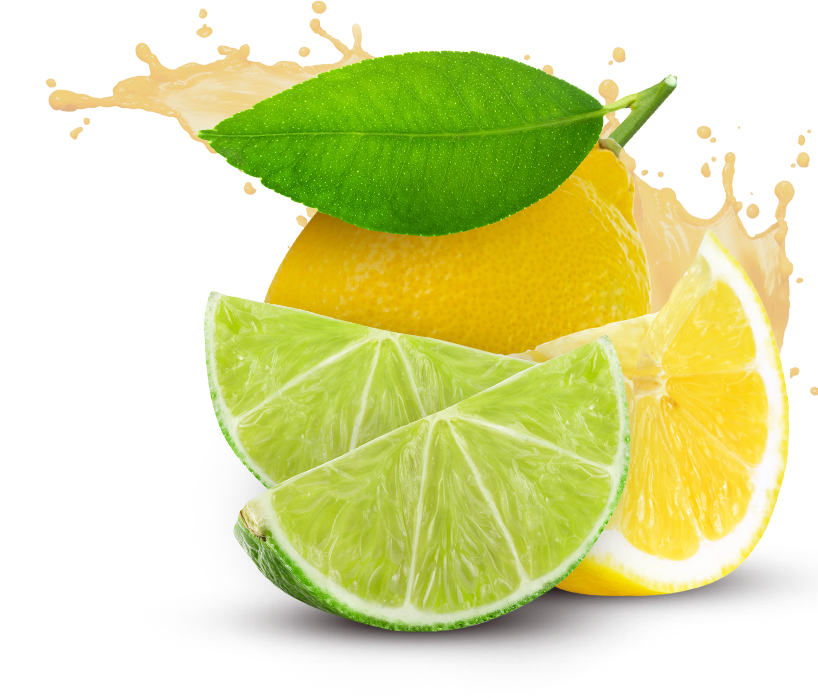Subtitle 1: Introduction to Preserving the Harvest
As the vibrant colors of autumn paint the landscape, gardeners are presented with a bountiful harvest. From ripe tomatoes and crisp apples to hearty root vegetables, the fall season offers an abundance of fresh produce. However, with the arrival of winter, it becomes essential to preserve this harvest to enjoy the flavors of summer throughout the colder months. In this article, we will explore various methods of preserving your garden’s harvest, ensuring that none of the precious fruits and vegetables go to waste.
Subtitle 2: Canning: A Timeless Preservation Method
Canning is a traditional method of preserving food that has stood the test of time. By sealing fruits, vegetables, and even soups in jars, you can extend their shelf life significantly. The process involves heating the jars to kill bacteria and other microorganisms, creating a vacuum seal that prevents spoilage. Canned goods can last for months or even years, allowing you to savor the taste of your garden’s harvest long after the growing season has ended.
Subtitle 3: Freezing: Locking in Freshness
Freezing is another popular method of preserving the flavors of autumn. Many fruits and vegetables can be frozen, maintaining their taste, texture, and nutritional value. Before freezing, it is important to blanch certain vegetables to preserve their color and texture. Once blanched, the produce can be packed into airtight containers or freezer bags and stored in the freezer. Freezing allows you to enjoy the taste of summer even in the depths of winter.
Subtitle 4: Drying: Concentrating the Flavors
Drying is a method of preservation that removes moisture from food, inhibiting the growth of bacteria and mold. Fruits, herbs, and even some vegetables can be dried to create delicious snacks or ingredients for future culinary endeavors. There are various ways to dry food, including air drying, using a food dehydrator, or even using an oven on low heat. Dried produce can be stored in airtight containers and enjoyed throughout the year.
Subtitle 5: Fermenting: A Flavorful Preservation Technique
Fermentation is a unique preservation method that not only extends the shelf life of food but also enhances its flavor and nutritional value. Vegetables like cabbage can be transformed into sauerkraut, while cucumbers can become delicious pickles through the process of fermentation. Fermenting involves creating an environment where beneficial bacteria can thrive, converting sugars into acids and creating a tangy, probiotic-rich product. With proper techniques, you can enjoy the tangy delights of fermented vegetables long after the harvest season.
Subtitle 6: Making Jams, Jellies, and Preserves
Preserving the flavors of your garden’s harvest can also involve making jams, jellies, and preserves. This method involves cooking fruits with sugar and sometimes pectin to create a thick, sweet spread. Jams and jellies can be stored in sterilized jars and enjoyed on toast, pastries, or as a topping for desserts. This method not only preserves the fruits but also allows you to savor their flavors in a different form.
Subtitle 7: Conclusion
As autumn brings an abundance of fresh produce, it is important to make the most of your garden’s harvest. By utilizing various preservation methods such as canning, freezing, drying, fermenting, and making jams and jellies, you can ensure that the flavors of summer linger on your palate throughout the year. So, roll up your sleeves, gather your jars and containers, and embark on a journey of preserving the best of your garden’s harvest.











